8 Trailblazing Women Educators Who Paved the Way at UC San Diego
Story by:
Published Date
Article Content
They studied the stars. They revolutionized medicine. They reshaped the way we think. They led. They taught. They inspired.
Throughout UC San Diego’s 65-year history, women have been at the forefront of education and mentorship—leading in labs and lecture halls, shaping new frontiers in research and breaking barriers in their fields. Their contributions have sparked innovation, nurtured minds and inspired generations of Tritons to push the boundaries of what is possible.
In recognition of this year’s campuswide Women’s History Month theme, “Empowerment Echoes: Celebrating Women Who Advocate and Educate,” UC San Diego Today honors the trailblazing women educators who have played pivotal roles in shaping the university’s legacy.
From pioneering discoveries to foundational contributions that helped establish UC San Diego as a global leader in education and research, these eight extraordinary individuals are just a few of the countless women faculty members who have left an indelible impact on our campus community and beyond.
Their stories are woven into the rich history of UC San Diego, a place where challenging convention has been a defining trait since its inception.
1. Nobel Prize-winning physicist Maria Goeppert Mayer
A trailblazing physicist and one of UC San Diego’s founding faculty members, Maria Goeppert Mayer left a lasting impact on science and academia.
Before joining UC San Diego in 1960, Goeppert Mayer contributed to the Manhattan Project, working on isotope separation during World War II. Best known for her pioneering work on the nuclear shell model, in 1963 she became the second woman in history to receive the Nobel Prize in physics—preceded only by Marie Curie.

At the time, the significance of Goeppert Mayer’s global achievement was overshadowed by outdated perceptions of women’s roles in society. A local newspaper ran the headline “San Diego Housewife Wins the Nobel Prize,” a striking reminder of how rare it was for a woman to be recognized as a leader in scientific research.
Like many women in science at the time, she often was unpaid for her research until her appointment at UC San Diego, yet she made major contributions to the growing field of nuclear physics. Her legacy lives on in the university’s Mayer Hall, a hub for groundbreaking discoveries in quantum materials and theoretical physics.
2. Renowned astronomer Margaret Burbidge
Early in her career, Margaret Burbidge was denied access to a telescope at Mount Wilson Observatory simply because she was a woman. Rather than letting that barrier deter her, she pushed forward, forging a distinguished career that not only deepened our understanding of the cosmos but also paved the way for future generations of women in astronomy.
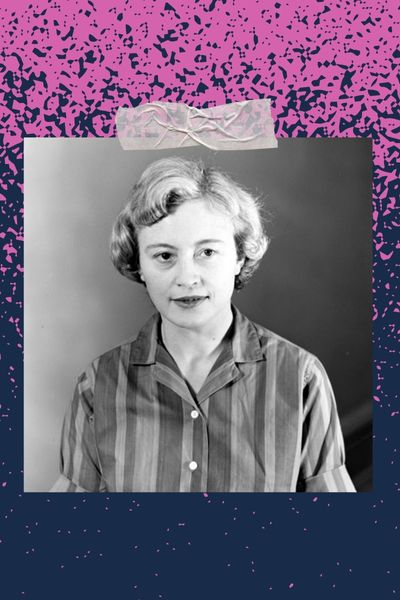
A founding faculty member of UC San Diego’s Department of Physics, she became the first director of its Center for Astrophysics and Space Sciences (CASS) in 1979. Over her nearly three decades at UC San Diego, she led groundbreaking research in stellar nucleosynthesis, demonstrating how elements are formed in stars and shaping our modern understanding of the universe.
Burbidge’s work played a key role in establishing astronomy as a major branch of physics during the 20th century. While serving as director of CASS, she helped develop some of the Hubble Space Telescope’s original instruments and was widely recognized as a leading figure in astrophysics. In 1976, she became the first female president of the American Astronomical Society, later leading the American Association for the Advancement of Science (AAAS). Though often the only woman in the room, she challenged gender barriers in astronomy and even rejected awards that recognized women separately from men.
Decades before UC San Diego launched its Astronomy and Astrophysics Department in 2023, Burbidge played a foundational role in shaping the university’s strength in astrophysics, positioning UC San Diego as a leader in the field.
3. Influential literary voice Sherley Anne Williams

Through her work as a poet, novelist, playwright and scholar, Sherley Anne Williams helped shape the landscape of literature and academia. She joined UC San Diego’s faculty in 1973 as a professor of African American Literature in the School of Arts and Humanities, later serving as chair of the Literature Department. Williams was a charismatic and inspirational teacher, remembered for her passion in the classroom and her mentorship of students. Nationally and internationally recognized, Williams earned acclaim for her poetry, fiction and drama.
Williams’ debut collection, The Peacock Poems (1975), was a Pulitzer Prize and National Book Award finalist, and she later won an Emmy Award for her television performance of poems from Someone Sweet Angel Chile (1982). Her novel Dessa Rose (1986) cemented her legacy as a leading voice in African American literature. Williams also authored celebrated children’s books, including Working Cotton (1992), winner of the Caldecott Award and Coretta Scott King Book Award. Her contributions to literature and education continue to inspire future generations.
4. Leading hematologist and medical researcher Dr. Helen M. Ranney
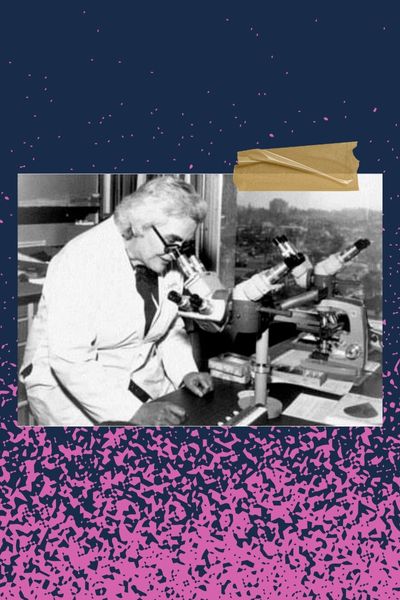
Dr. Helen M. Ranney made major contributions to the field of hematology through her groundbreaking research on sickle cell disease and has widely been regarded as a trailblazer in academic medicine. Her pioneering studies in the 1950s provided early evidence that genetic mutations in hemoglobin were responsible for the disorder, laying the foundation for modern diagnostic techniques. By developing a method to differentiate normal and abnormal hemoglobin, she enabled early detection of the disease in newborns, improving patient outcomes for generations.
In 1973, Ranney joined UC San Diego, making history as the first woman to chair the Department of Medicine at a major American medical school. She spent 13 years leading the department, strengthening its research reputation and mentoring future physicians. Beyond UC San Diego, she was the first woman president of the Association of American Physicians. Her legacy endures through the Helen M. Ranney Endowed Chair in Medicine, a lasting tribute to her contributions to science and education.
5. Supercomputing leader Francine Berman
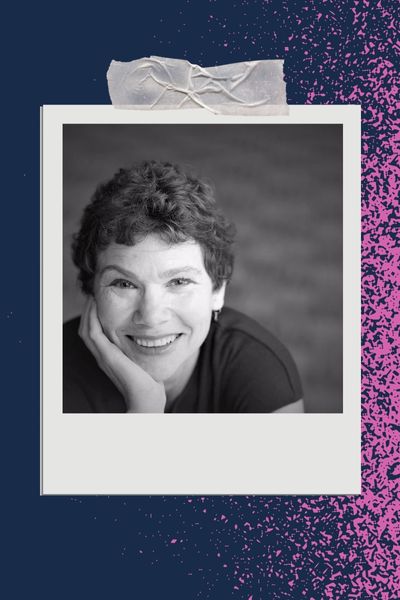
A visionary in computer science and engineering, Francine Berman came to UC San Diego in 1984 as an assistant professor and later broke new ground as the first woman to lead a major national supercomputer center. Appointed in 2001 as director of the university’s San Diego Supercomputer Center (SDSC), she oversaw one of the most advanced computing facilities in the world. Under her leadership, SDSC played a crucial role in high-performance computing, supporting breakthroughs in various scientific fields. Berman’s impact extended beyond supercomputing infrastructure; she championed data stewardship and cyberinfrastructure, laying the groundwork for future innovations in cloud and IoT (Internet of Things) systems.
After leaving UC San Diego in 2009, she continued her leadership in academia and policy, serving as vice president for research at Rensselaer Polytechnic Institute and later co-founding the Research Data Alliance, a global initiative dedicated to advancing data-sharing frameworks. Today, she is the Director of Public Interest Technology and Stuart Rice Honorary Research Professor at the University of Massachusetts Amherst, where she created a campuswide Public Interest Technology Initiative focused on the development and realization of socially responsible solutions to the challenges of a technology-driven world. Last year, an endowed chair in the Jacobs School of Engineering was established in her name thanks to the generous and visionary philanthropy of Joan and Irwin Jacobs.
6. Space pioneer and STEM champion Sally Ride
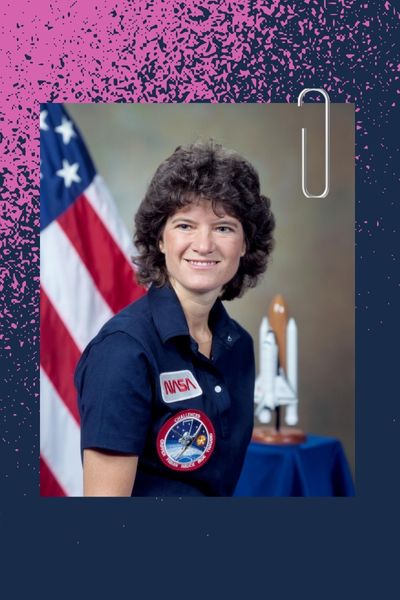
When Sally Ride made history in 1983 as the first American woman in space on Challenger’s STS-7 mission, she inspired generations of women and girls to pursue their dreams without limits. But her influence didn’t stop there. After leaving NASA, she joined UC San Diego’s faculty in 1989 as a professor of physics, where her work focused on the physics of laser properties and plasma astrophysics. She concurrently served as director of the University of California’s California Space Institute, where she continued to shape the future of space exploration and science education.
A dedicated mentor, Ride was passionate about encouraging young people to explore careers in science. In 2001, she founded Sally Ride Science, a natural extension of her personal mission to help students picture themselves as scientists, engineers and innovators. Today, the Sally Ride Science Academy at UC San Diego offers science, technology, engineering, arts and math workshops for elementary, middle and high school students, incorporating real-life stories of vibrant women conducting research in each field. Through her research, teaching and advocacy, Ride not only broke barriers in space but also ensured that future generations have the vital supports they need to reach for the stars.
7. Cognitive science visionary Elizabeth Bates
Elizabeth Bates was an early leader in cognitive science, playing a central role in the establishment of UC San Diego's Department of Cognitive Science in 1986—the first of its kind in the United States.

A leader in child language acquisition, psycholinguistics and the neurological basis of language, she shaped the modern understanding of how language develops in the brain. As director of the Center for Research in Language, she led interdisciplinary studies that brought together linguists, neuroscientists, psychologists and computer scientists to investigate the complexities of cognition.
Through her research, Bates, who was also a professor of psychology, challenged the idea of an innate language module—instead demonstrating that language emerges from broader cognitive abilities. She provided groundbreaking insights into brain plasticity, showing that children with early brain injuries could still develop normal language skills. Her work also led to the development of new tools, such as Voxel-based Lesion-Symptom Mapping (VLSM), a brain imaging technique that revolutionized how researchers study the neural basis of language.
Her legacy endures at UC San Diego, as the Department of Cognitive Science in the School of Social Sciences remains a world leader in the field—continuing the interdisciplinary approach she helped establish.
8. Engineering innovator Olivia Graeve
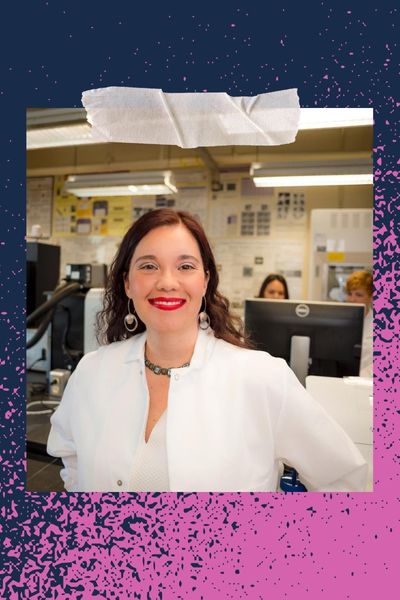
Olivia Graeve made history in 2012 as UC San Diego’s first Latina engineering professor, returning to her alma mater where she earned a Bachelor of Science in structural engineering in 1995. A professor in the Department of Mechanical and Aerospace Engineering, Graeve is internationally recognized for her research on nanomaterials designed to withstand extreme environments, including high temperatures, pressure and radiation. Her Xtreme Materials Laboratory at UC San Diego advances materials for applications in aerospace, defense and biomedical engineering.
Beyond her research, Graeve has been a driving force for binational collaboration in science and education. She founded the CaliBaja Center for Resilient Materials and Systems, bringing together researchers from UC San Diego and UNAM (Universidad Nacional Autónoma de México) to develop innovative materials. She also leads initiatives that foster educational access, including the CaliBaja Education Consortium and the ENLACE summer research program, which connects students from the U.S. and Mexico. Through her scientific contributions and mentorship, Graeve continues to expand opportunities for underrepresented students in STEM.
Share This:
You May Also Like
Engineers Take a Closer Look at How a Plant Virus Primes the Immune System to Fight Cancer
Technology & EngineeringStay in the Know
Keep up with all the latest from UC San Diego. Subscribe to the newsletter today.



